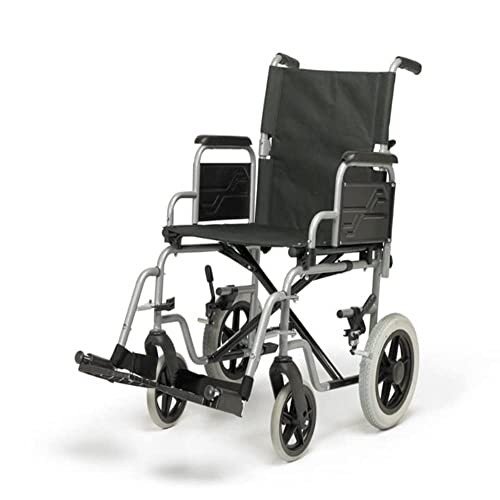Mobility Scooters: A Comprehensive Guide
Mobility scooters have actually become a necessary mode of transportation for many people facing mobility obstacles. This post checks out the various elements of mobility scooters, including their types, advantages, functions, and a guide for potential purchasers.
Understanding Mobility Scooters
Mobility scooters are electrically powered gadgets developed for individuals with restricted mobility. They provide a method of transportation for individuals who may have trouble walking however still wish to keep their self-reliance. They are available in different designs and features to deal with a large range of requirements.
Types of Mobility Scooters
Mobility scooters can typically be classified into three main types:
| Type | Description | Best For |
|---|---|---|
| Compact Scooters | These are small and lightweight, ideal for indoors and short trips. | Users with minimal storage space or those who travel often. |
| Mid-size Scooters | A balance between mobility and stability, appropriate for both indoor and outside usage. | Those who need to cover a variety of surfaces. |
| Sturdy Scooters | Large and robust, created for rugged outside use and heavier people. | Users needing extra weight capability or going off-road. |
Secret Features of Mobility Scooters
The choice of mobility scooter often depends on the features that align with specific requirements. Here are a few of the crucial functions to think about:
- Weight Capacity: Mobility scooters come with different weight limitations. It is vital to choose a scooter that can adequately support the user's weight.
- Variety: The range a scooter can travel on a single charge differs. Depending upon user needs, one may choose scooters with a series of up to 40 miles.
- Speed: Most mobility scooters can reach speeds between 4 to 8 miles per hour. Consider what speed is comfortable and safe for the intended environment.
- Turning Radius: A compact turning radius is essential for indoor usage, permitting easier navigation in tight spaces.
- Battery Type: The type of batteries used can affect the scooter's efficiency. Lead- compact mobility scooters and lithium-ion batteries are the most typical.
Advantages of Using Mobility Scooters
The advantages of mobility scooters extend beyond just transportation. Some essential advantages include:
- Independence: Users can browse their environment without counting on caretakers, promoting independence and self-confidence.
- Health Benefits: Using a scooter can encourage outdoor activity, resulting in physical and mental health enhancements by decreasing sensations of isolation.
- Convenience: Scooters can easily be run in various environments, whether indoors, in shopping malls, or outdoors.
Important Considerations When Buying a Mobility Scooter
When acquiring a mobility scooter, a number of factors to consider can assist make sure that you pick the right model:
Assess Individual Needs:
- Mobility level: Consider how much help the person will require.
- Series of usage: Determine where the scooter will mainly be utilized (inside your home, outdoors, on rough terrains, and so on).
Test Drive:
- Always test drive several models to discover an ideal fit. Pay attention to convenience, ease of steering, and the scooter's responsiveness.
Evaluation Safety Features:
- Look for scooters with adequate security features like lights, indicators, and anti-tip styles.
Inspect Warranty and Service Options:
- A trusted guarantee and readily available service choices are vital for long-lasting usage.
FAQs about Mobility Scooters
1. How quick do mobility scooters go?Mobility scooters typically have speeds ranging from 4 to 8 miles per hour, with many designed for security instead of high-speed travel. 2. Exist weight limitations on mobility scooters?Yes, mobility
scooters feature specific weight limits, frequently varying from
250 lbs to over 500 lbs, depending on the design. 3. Can mobility scooters be utilized indoors?Certain models, especially compact scooters, are particularly created for
indoor use and are simpler to steer in tight spaces. 4. How frequently do the batteries require to be replaced?Battery life can differ based upon use, but typically, with appropriate care, batteries might last between 1 to 3 years before needing replacement
. 5. Are mobility scooters covered by insurance?Coverage can differ, however some insurance strategies, including Medicare and Medicaid, might cover part of the expense. It's suggested to examine with individual insurance providers. Mobility scooters function as a
important tool for many people, enabling them to keep
their flexibility and self-reliance. By understanding the different types and features of mobility scooters, people can make informed decisions customized to their particular requirements.
Whether utilized for errands, socializing, or leisurely activities, mobility scooters can enhance the quality of life for those with mobility limitations. Purchasing a mobility scooter is a choice that can considerably affect a person's life. Therefore, individuals ought to carefully evaluate their choices and choose a design that best aligns with their lifestyle and mobility requirements
.

